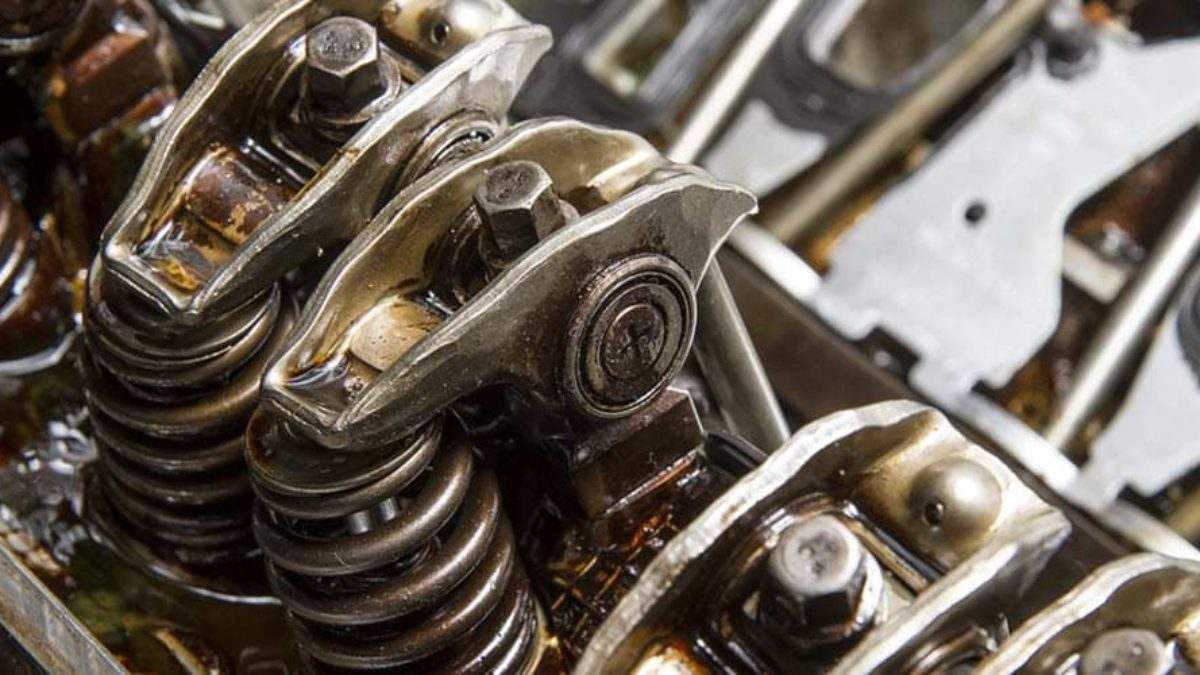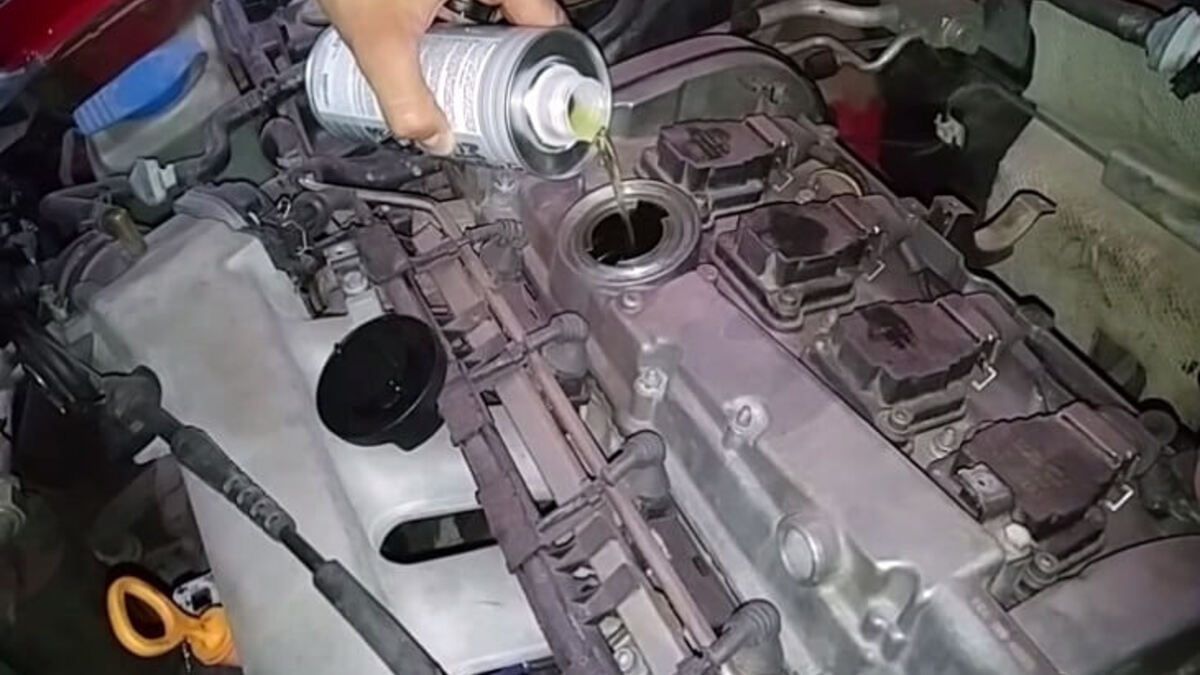ENGINE FLUSH
What is Engine Flushing?
Engine flushing is the process of cleaning up or warding off the sludge build-up in the engine. Let’s understand, what causes this sludge build-up.

Engine oil is meant to cycle through and lubricate the engine components to help them function smoothly. Basically, engine oil is meant to remain in motion. When a car takes short trips or remains idle more often than not, the engine oil particles start leaving deposits that keep on building up sludge inside the engine. An element as small as 25 microns (approx. 1/1000 of one inch) can be removed by the best of the oil filters available. Particles even smaller than the aforementioned size are there in the oil that just can’t be filtered out. Over time these tiny particles accumulate together and build up sludge. The sludge, however prepared, increasingly resists the flow of engine oil.
This issue, if neglected, can eventually lead to major troubles such as improper working valves, spark plugs, exhaust sensors, soot coming out of the exhaust, etc. Even the replacement of the engine could become a possibility that can be immensely heavy for your pocket.
How is Engine Flushing done?

In engine flushing, some chemical compositions are added to the engine oil to break down the sludge or any other deposits from the engine oil. This can be done in three ways by your car’s engine suitability.
- A reasonably small volume is taken out from the engine oil and an insoluble additive chemical is added to it. This additive chemical is composed for breaking down the sludge, gunk, or any carbon deposits in the engine oil. Then, your car is taken for a short test drive to let the chemical flow throughout the engine. As soon as the deposits are broken, they get suspended in the oil and consequently get trapped in the oil filter. Finally, the oil and oil filter in the engine are changed, removing the gunk and sludge.
- A reasonably small volume is taken out from the engine oil and an insoluble additive chemical is added to it. Then your car is left idle for 5 to 10 minutes, allowing the chemical to mix in thoroughly, break the sludge and deposits, and suspend it to the oil filter. Finally, the engine oil and the oil filter are replaced.
- Oil is drained out of the vehicle and the insoluble chemical additive is poured into the engine. Next, the vehicle idled for a few minutes to ensure the cleaning agent flows to every place oil would normally reach. Then the additive chemical is drained out that brings gunk and broken sludge along with it. Finally, new oil is poured in and the new oil filter replaces the older one.
Benefits of Engine Flushing
- Engine flushing removes and prevents sludge build-up and saves your car’s engine from its harmful repercussions.
- If you purchase a pre-owned vehicle that has no records of its engine maintenance, an immediate engine flush might save you from costly repairs of the engine.
- If you don’t need to drive as much, your car’s engine remains idle mostly and carbon deposits and sludge are certain to build up. An engine flush can help you extend the life of your engine.
As the process of engine flush facilitates your car’s engine with a fresh start, you too are given the opportunity to maintain your vehicle regularly. This involves timely oil changes, timely services, and all that is recommended by the manufacturer. If you can, try to drive your car at least as much as that keeps the required circulation of the engine oil and later saves you from the costly repairs.


Maoni